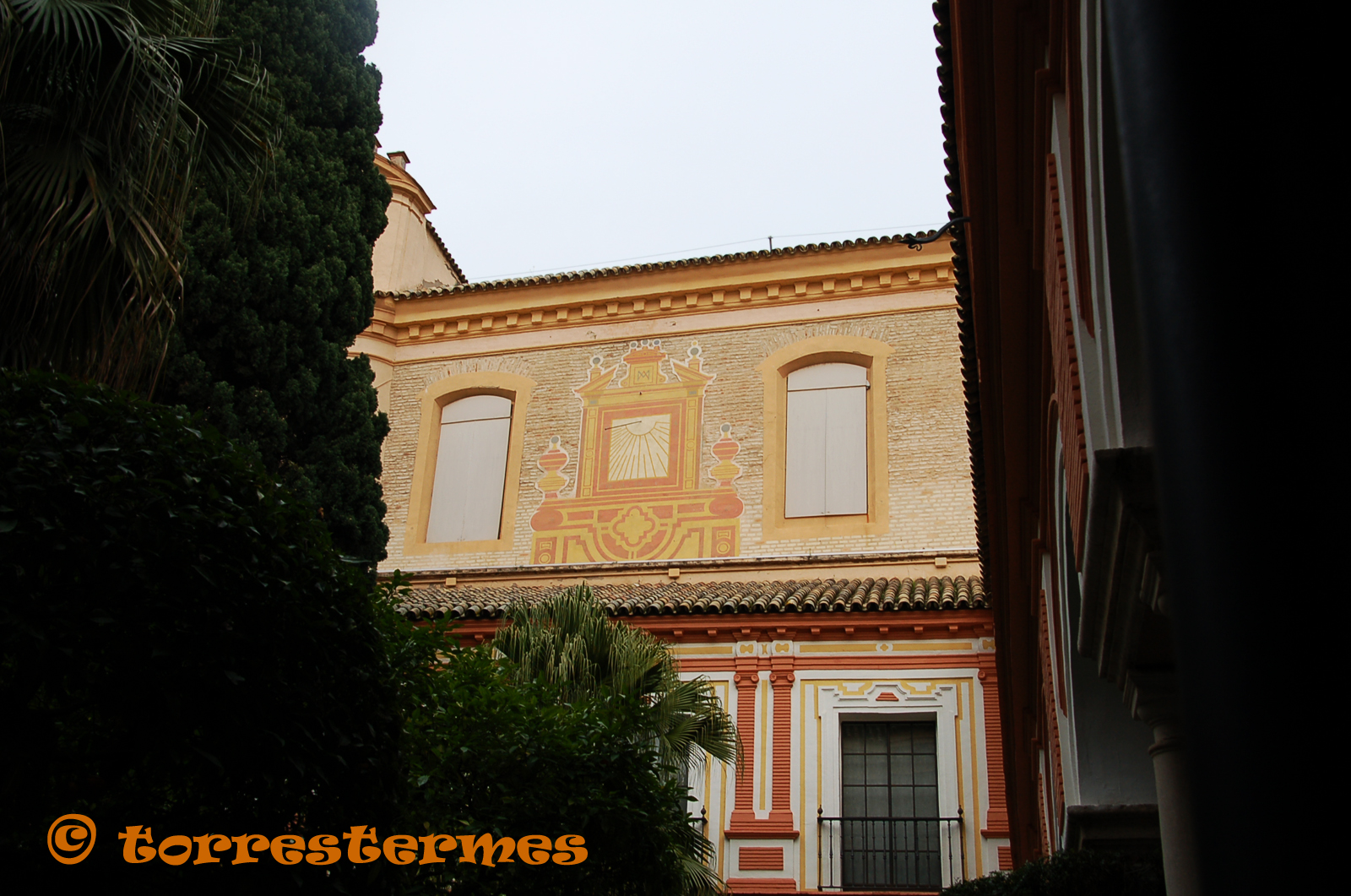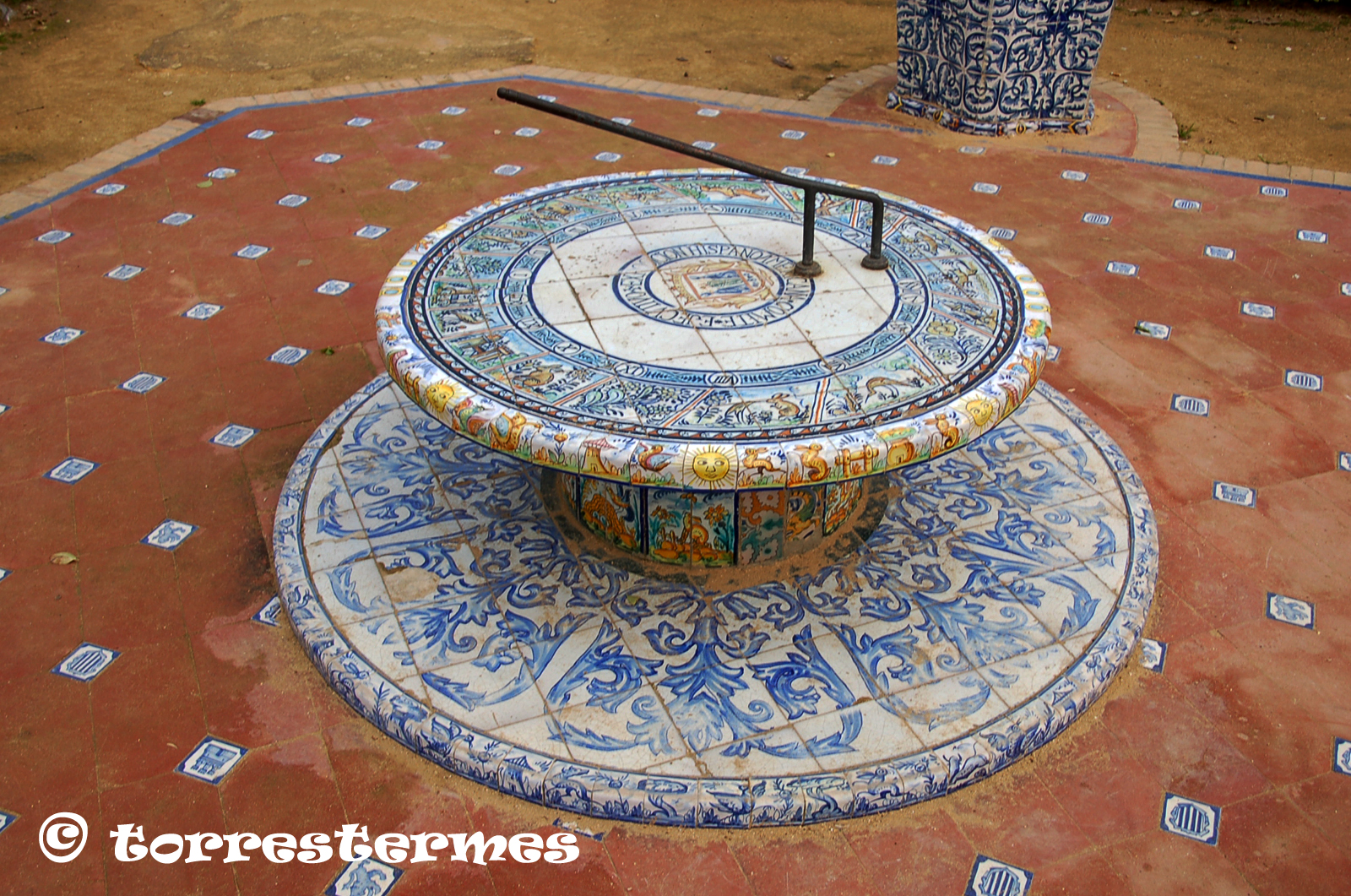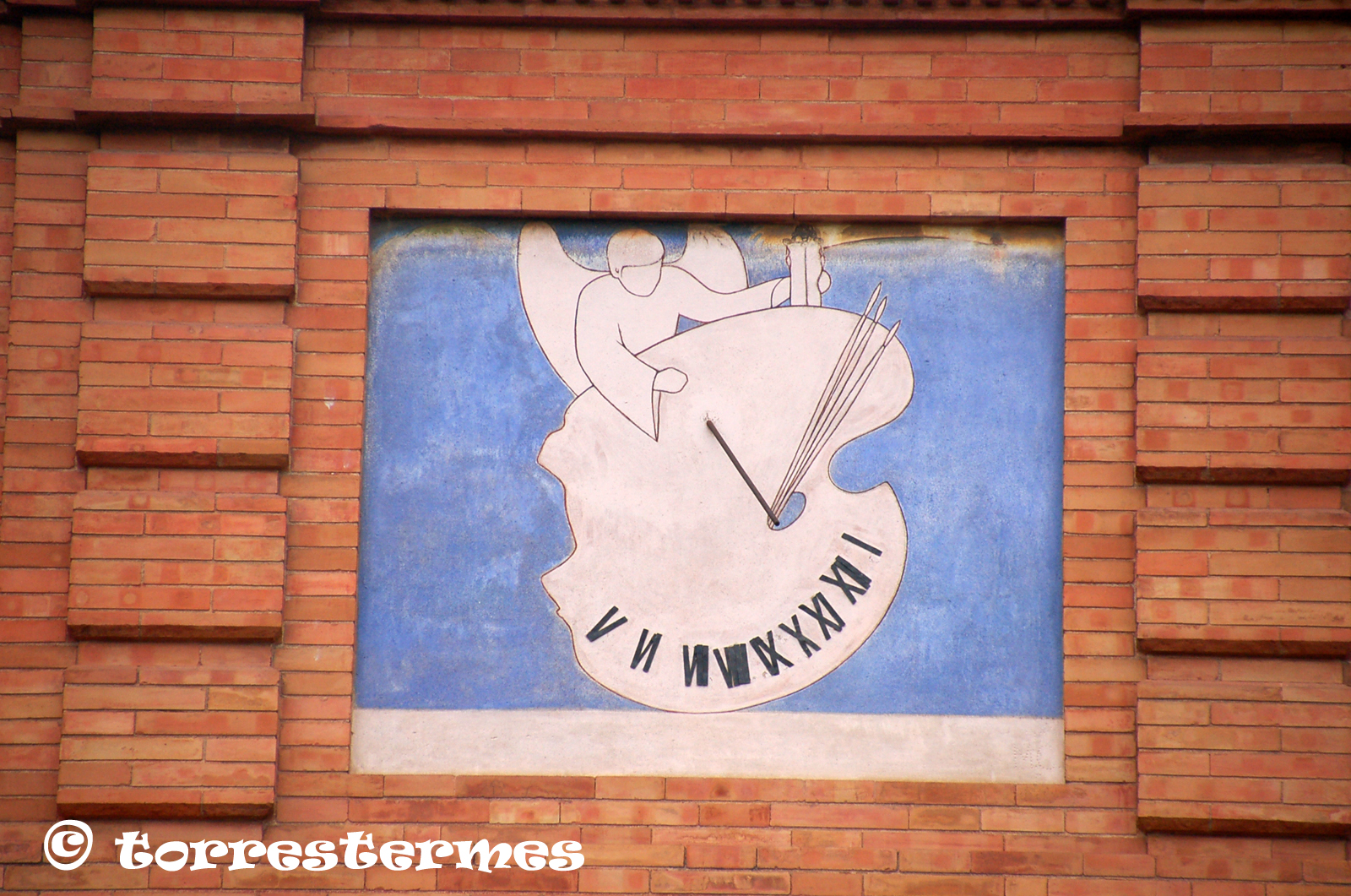|
Route through the sundials of Seville
Witnesses of the passage of time, the sundials present in the city are the protagonists of the routes that the Architecture Studio Honorio Aguilar is doing since last December. With this initiative, the architect seeks to awaken interest in the Sevillian sundials, some of which are in perfect condition, others are in worse conditions, but all of them almost always go unnoticed.
The starting point of the proposed route is the Museo de Bellas Artes, where you start by admiring the sundial from Juan de Oviedo's patio. From there you can visit the one located outside of the San José chapel on Jovellanos street, to continue with the exteriors of the Cathedral and the Giralda. The final point is the Hospital de la Caridad with the visit of the sun sundial in the patio of the rose bushes.
The sundial is an instrument that uses the shade given by the sun to indicate the time. In general, a solar sundial is composed of a style, also called stiletto or gnomon and a surface, the limb, which is what receives the shadow of the style. This area carries inscriptions that use the height of the sun to read the time. The aim of the Honorio Aguilar Architecture Studio is to rediscover these sundials that have been witnessed over the years and valued as the architectural gems that are.
There is a great variety of sundials in Seville, according to Honorio Aguilar: "Sometimes they are very unique, like the vertical sundial that declines to the east located in the Main Cloister of the old Convento de La Merced, now the Museo de Bellas Artes in Seville. The hour lines are painted in yellow, marking the hours and the averages, the latter being shorter, the Arabic numeration is from 5 in the morning until 4 in the afternoon, and the letters AM are superimposed on the top. Which means Ave Maria, and is attributed to Juan de Oviedo. "
Another rather unknown watch that is visited on the route proposed by the architectural studio is on a facade of one of the inner courtyards of the Hospital de la Caridad. The numbering is Roman, although only the number XII can be distinguished, and the time lines have been lost. The style seems perpendicular to the wall.
More recognizable is the vertical rectangular sundial located on the facade of the Church of San Lorenzo. The quadrant is made of stone and the triangular gnomon. The numeration is Arabic and marks the whole and middle lines.
Another sundial is in the Omnium Sanctorum Church. The sundial is on a side wall of the church and has no numbering. The gnomon is layered and has two points of support. It is painted directly on the lateral facade of the epistle's nave.
Strolling through the city you can also find the Chapel of San José. The sundial marks the hours and the averages with Roman numeration. The lines of the means are shorter, and they go from the VI to the VI. The MDCLXXX year is marked with Roman numerals.
Another solar sundial that can not be overlooked is the horizontal sundial in the Parque de Mª Luisa, Plaza de América. The sundial is circular and is made with typical Sevillian tiles. It dates from the time of the Ibero-American Exposition. There is a sun in the center of the sundial, and the gnomon is metal.
The Cathedral of Seville has seven sundials, six vertical and one horizontal on the deck. In addition to the one that occupies the closing of the inner facade of the door of the Perdón to the patio of the Naranjos, in the outside you can find three solar sundials. On the outside of the cathedral, in the Royal Chapel, there is a vertical sundial declining to the east. The lines are inscribed in a marble quadrant and the Arabic numerals range from 6 in the morning to 2 in the afternoon. The gnomon is triangular. In the second bell body of the Giralda, in identical position of the North and South facades, two almost unrecognizable sundials are placed on pillars to the left of the central arch, under the entablature designed by Hernán Ruiz II and concluded in 1568 .
Also striking is the Puerta de Jerez solar sundial, in the well-known Guardiola house. It is painted on the upper part of the facade and an angel with two candles and a palette with brushes are represented. It does not have the hour lines drawn, and the hours are Roman numbered.
Source: Diario de Sevilla 22 January, 2018
|











